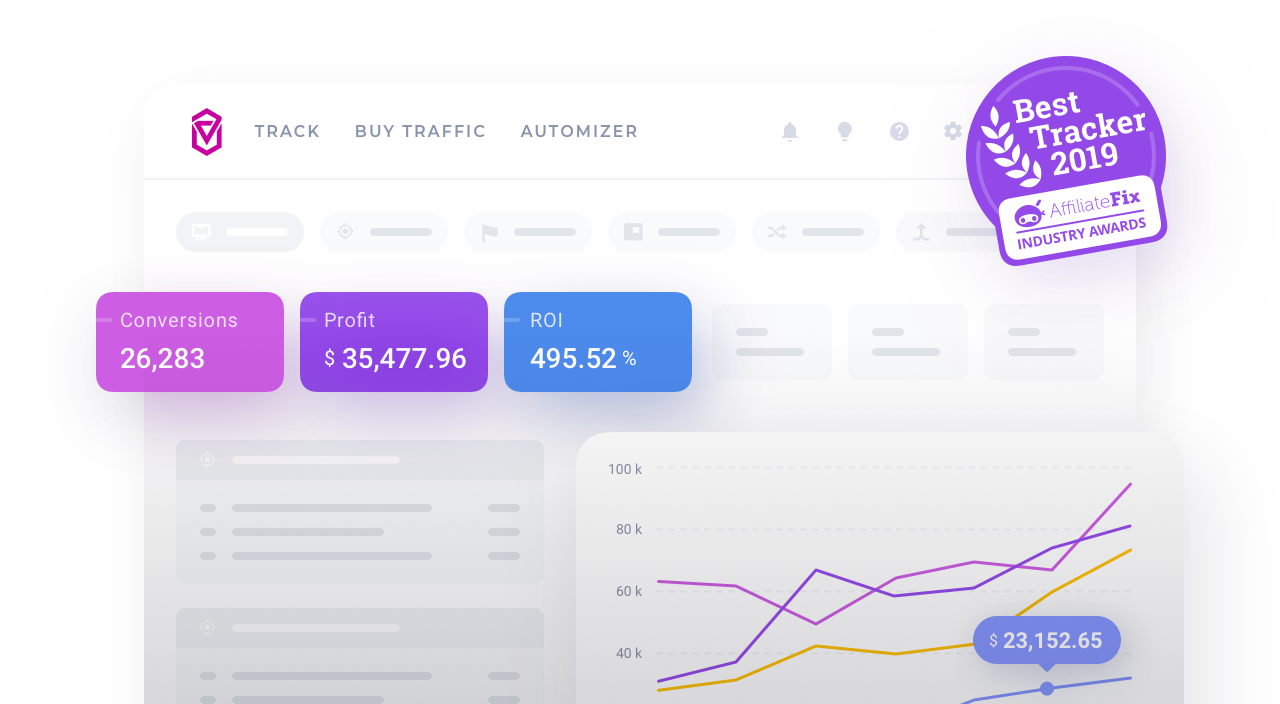Google Tag Manager Setup for Direct Tracking Pixel
Create a Tag Manager account.
- Go to the https://tagmanager.google.com web page and sign in to the Google account that you want to use or create a new one.
-
In the 1. Setup Account step provide the name of your account (typically a company name), a country name, and click the Continue button.

-
In the 2. Setup Container step provide the name of your container (typically a name of a product or web page), select where do you want this container to be, and click the Create button. In the following example we have named our container My Thank You Page but you can name it My Landing Page or otherwise.

- Agree to Google's Tag Manager terms of service agreement by clicking the Yes button.
-
Copy the scripts from the Install Google Tag Manager pop-up window.

Inject your web page with Google Tag Manager scripts.
Depending on your web page setup, injecting GTM scripts may look different in each case. In some scenarios you will have to manually edit your web page's HTML code, other times you need to provide them in the settings menu of your page building platform, and sometimes you only need to provide your GTM container code. Remember, you need to inject these code blocks to the web page that you want to track, so for tracking conversions you need to put them into the "Thank You Page", and for the purpose of using the direct method of tracking into the landing page. Find the most suitable scenario from the ones listed below:
-
Enter GTM scripts manually
In this case you will have to have the option to manually edit the web page's HTML code.
- Paste the first code block into the
<head>section of your web page as high as possible. - Paste the second code block into the
<body>section of your web page as high as possible. - Remember not to put these code blocks inside other tags or hidden iFrame containers.
- Submit your changes.
- Paste the first code block into the
-
Provide GTM scripts to a page building platform's settings
Many page builders already have the option to automatically inject tracking scripts to all web pages that you create with them. Different platforms incorporate different layouts, but typically you have to look for this option in a settings menu. The section with this option is typically called "Tracking" or something similar. When you get there you should see two text fields that allow you to paste tracking scripts to the
<head>and<body>section of your web page. -
Provide the GTM container code for integrated solutions
Some platforms offer a native integration with GTM (on some occasions it requires installing additional plugins) and the only thing you need to do is to provide the GTM container code. You can always find it in the Google Tag Manager's dashboard:

Add a tag with a Direct Tracking Pixel
You need to obtain a Direct Tracking Pixel from Voluum to paste it into the new tag. Read the Tracking with a Direct Method articles to learn how to do that. Once you have copied the link to the clipboard, follow the steps below:
-
In the Google Tag Manager dashboard, click the Add a new tag option.

-
Provide a name for the tag and click the Tag configuration card.
-
Select the Custom HTML as the tag type.

-
Paste the copied script into the Custom HTML text field and click the Triggering card.

-
Select a trigger event that should fire your tag. In this scenario, you have only one trigger to select: Page view.

-
Click the Save button to save your tag.
-
Once you have added the new tag, you have to publish it to make it work. Click the Submit button.

- Provide a version name in the Version name text field and click the Publish button.
Your Voluum script is now live.


